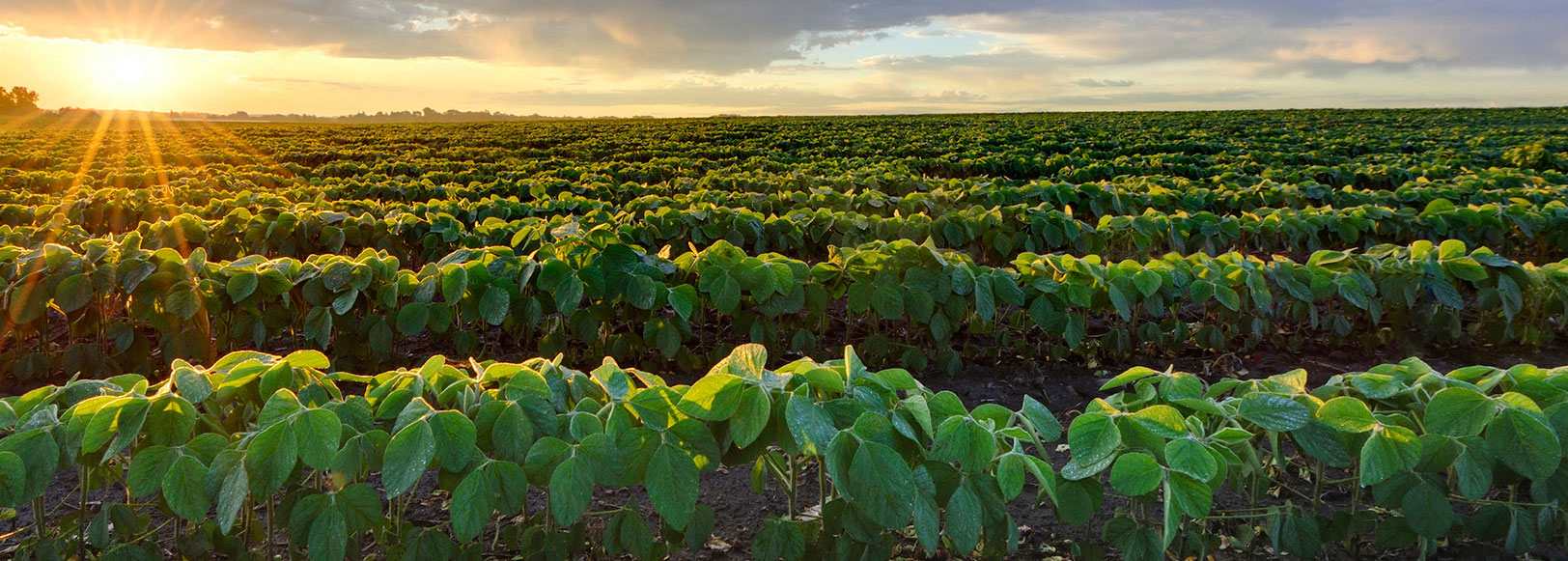Chemical Event Safety for Animals
Wash Any Visible Debris
Wash off any visible debris -use lots of warm water and mild liquid dishwashing detergent (such as Dawn; NOT dishwasher detergent). Wear gloves.
Steps to wash animals:
- Rinse well with warm water working from the head, down back, along the tail, and finally the chest, stomach, legs, and feet.
- Work soap into hair/feathers in the same pattern. Ensure soap reaches the skin. Clean out ears with water or ear cleaning solution if needed. If eyes have debris, flush with water or sterile saline.
- Rinse with plain warm water in the same pattern as rinsing and washing.
- Allow the animal to shake off excess water and repeat steps 1-3 as needed until all contaminants are removed. Dry with clean towels if unable to air dry.
- Cold outdoor temperatures may require keeping the animal indoors, in a heated area, until fully dry.
Limit Exposure
Limit respiratory exposure
Animals may still inhale chemicals from the ground if it remains contaminated. To protect their health, limit their exposure to these areas as much as possible. Whenever feasible, keep animals indoors and monitor them for signs of respiratory distress, such as wheezing, difficulty breathing, or shortness of breath. Animals with pre-existing respiratory conditions are especially vulnerable and may experience worsening symptoms. Birds are particularly sensitive to airborne irritants—poultry should be moved to covered housing to reduce risk. Taking these precautions is essential to safeguard animal health during and after exposure events.
Limit further skin exposure
If a pasture or outdoor area is contaminated, bring livestock into shelter to prevent exposure. For household pets, wipe their paws and coat thoroughly when they come back inside to reduce contact with harmful substances. Be sure to monitor all animals for signs of skin irritation, and take action promptly if symptoms appear. These steps are important to protect animal health in contaminated environments.
Do not give animals contaminated feed or water
Do not give animals feed or water that may be contaminated, as it could pose health risks. While oral or intestinal irritation is unlikely, it is still possible. Monitor animals closely for signs such as vomiting, diarrhea, or loss of appetite, and contact a veterinarian if symptoms develop. Ensuring clean food and water is a critical step in protecting animal health during contamination events.
If you observe any skin irritation, difficulty breathing, or vomiting/diarrhea you should contact your veterinarian as soon as possible.
*Developed in collaboration with the ASPCA Animal Poison Control Center
If You Are Directly Impacted by A Chemical Event
Protect Your Pets/Livestock Like You Protect Yourself
- If you are under a night-time shelter-in-place order, bring your pets inside at night and stable your horses under cover, if possible.
- Clean your pet thoroughly before bringing them inside, with a focus on paws.
- Contact your veterinarian immediately if you see respiratory distress or skin irritation symptoms.
Animal Feed
Animal food that has been contaminated should be disposed of and not fed to animals.
If you have grazing animals, it is recommended that they be given stored feed/hay as well as unexposed water. It is best to ensure food and water provided to your animals has not been exposed to fallen debris and potential contamination.
For Beekeepers
Report any acute deaths from hives in the impact zone directly to our Plant Protection Program Director at mike.evans@agr.georgia.gov
Food Safety
- Unpackaged foods that are exposed to chemicals should be thrown away. This includes food stored at room temperature, such as fruits and vegetables, as well as foods stored in permeable containers like cardboard or plastic wrap.
- Canned goods and cookware exposed to chemicals can be decontaminated. Wash in a strong detergent solution. Then dip in a bleach solution (1 tablespoon of unscented, liquid chlorine bleach per gallon of water) for 15 minutes.


